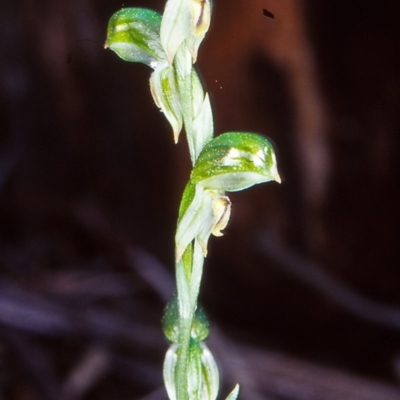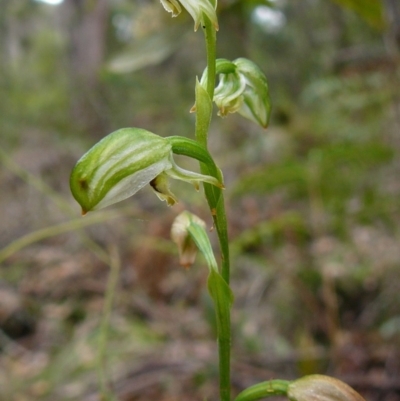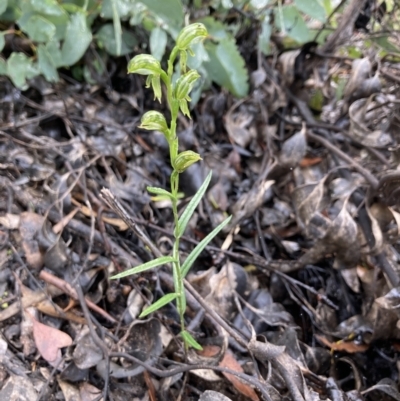Orchid field guide
There are about 30,000 species of orchid worldwide making Orchidaceae the largest family of flowering plants. They are found in a diverse range of habitats.
Orchids have distinctive flowers, consisting of three sepals and three petals. The third petal is greatly modified into a specialised structure known as a labellum. Another distinctive feature is the column, a fusion of the sexual parts of the flower (stamens and style) into a fleshy structure. Most terrestrial orchids grow from a tuber which is replaced each year.
Some orchids are designated as rare and endangered plants. Others, although reasonably common, are very localised in their occurence. All orchids are protected species and should not be disturbed in their native habitat. For these reasons all orchids have been included as rare or sensitive plants.








































































































